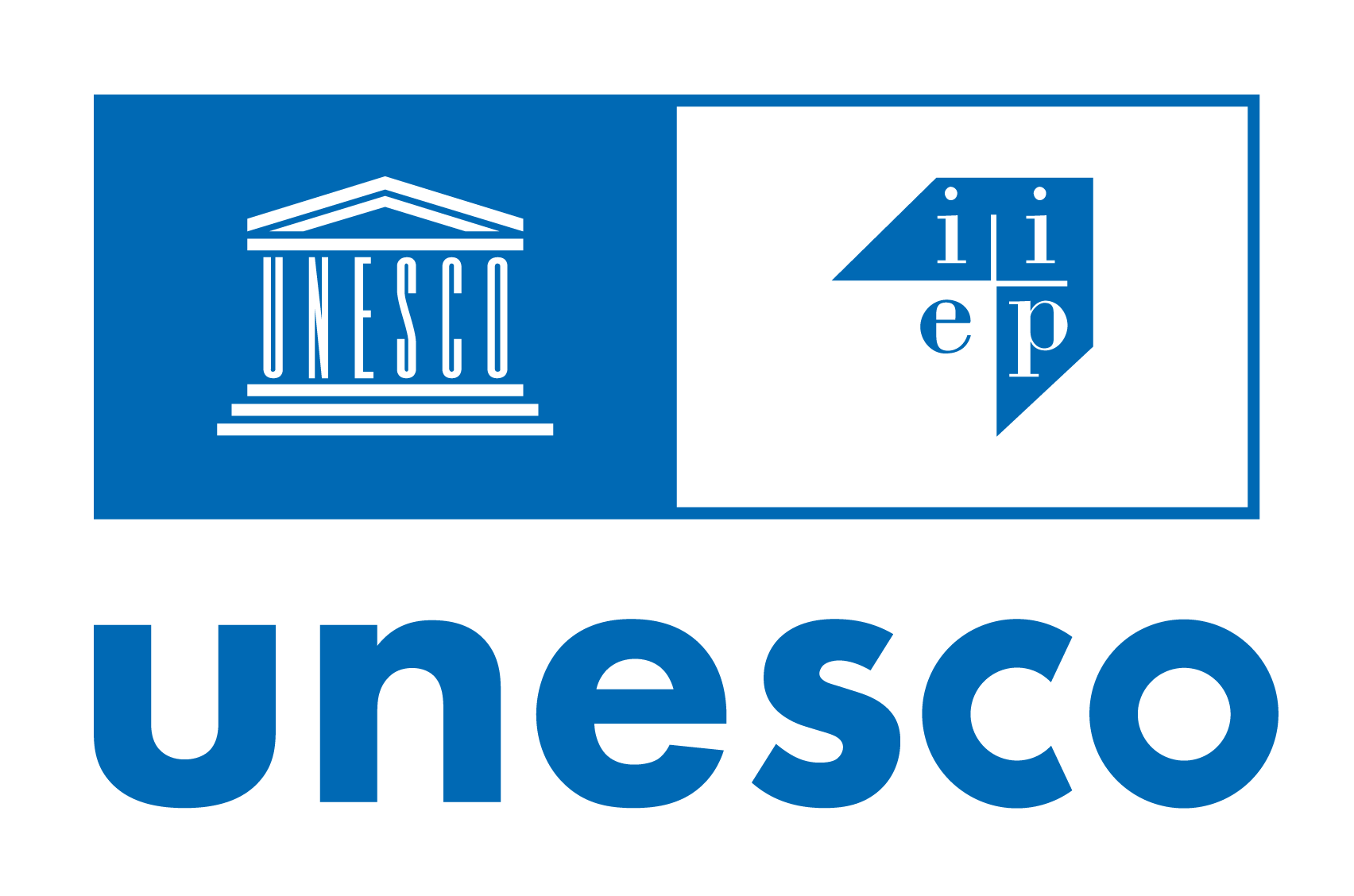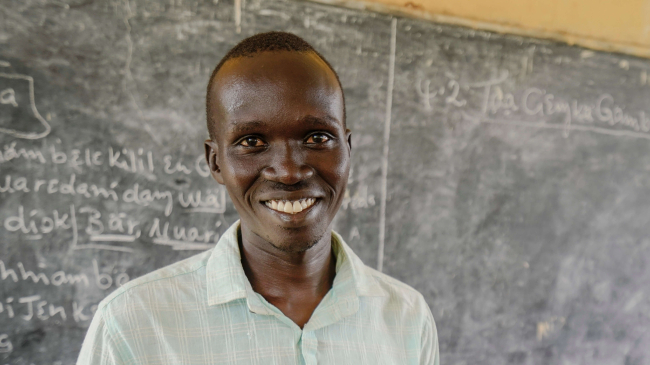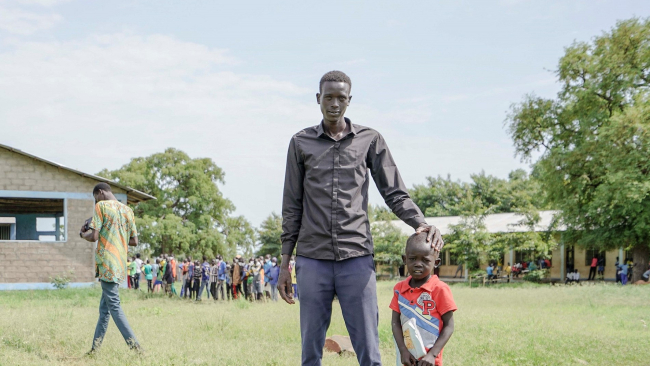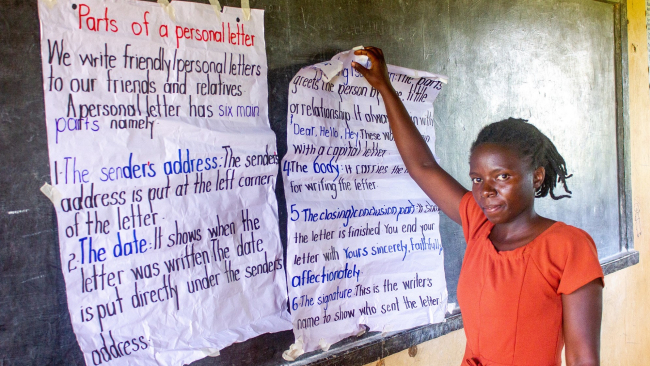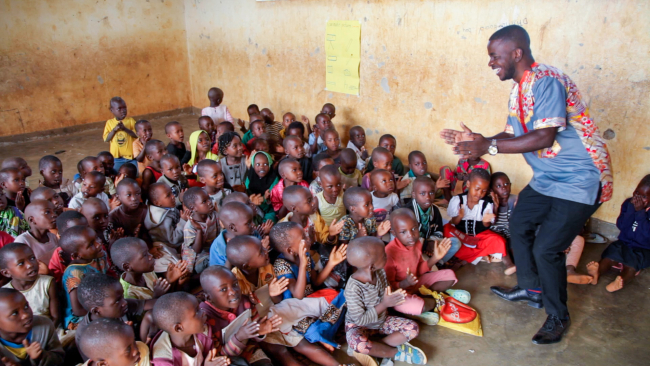Background paper prepared for the 2019 Global Education Monitoring Report Migration, displacement and education: Building bridges,not walls
The inclusion of refugees into national education systems has provided critical opportunities for increased access to education for refugees. The everyday experiences and processes of inclusion have also raised challenges related to the quality of education for refugees and the nationals amidst whom they learn and to relational dimensions, including related to belonging and social cohesion. Drawing on original data from a 14 country study and three in-depth country case studies, the authors identify three models of inclusion in refugee education: shared space, geographically separate space, and temporally separate space. The authors examine these models through the lenses of “structural integration” – access to institutions and services – and “relational integration” –access to inclusive identities and connectedness. The authors explore possibilities for models of inclusion in refugee education to foster both structural and relational integration vis-à-vis the concepts of access, quality, and belonging and cohesion and present an agenda that can guide research, policy, and practice in this field moving forward.
